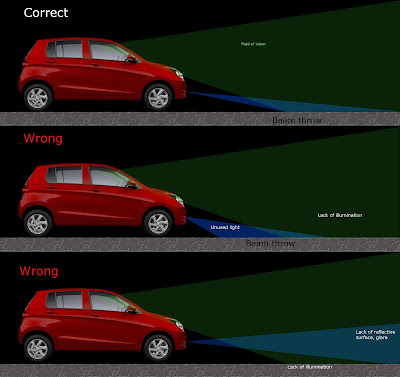Royal Enfield despite of having 350 CC Engine is able to reach a top speed of 90-100 kmph whereas KTM Duke 390 is having 373 CC Engine is able to attain 160 to 165 kmph. Which simply means power of Duke 390 is way ahead of RE 350.
Now,coming to torque figures of both machine.Duke 390 produces 35 N⋅m @ 7250 rpm whereas RE 350 produces 28 Nm at 4000 rpm, which simply means maximum torque of RE 350 comes at very early stage whereas Duke 390 takes time to attain its maximum torque.In short we can say that RE 350 is a better pulling machine.
Now the question is that,what makes Duke 390 a fast machine despite of having almost same capacity engine.The technology used by Duke 390 is way ahead of RE 350. It uses DOHC,Liquid cooling and other latest technologies.Also Duke 390 is lighter than RE 350 but one thing that brings the drastic change is the construction of Engine.
Duke 390 uses oversquare engine 80.0mm bore and a 60.0mm stroke.The stroke is shorter than bore which helps in faster movement of engine as the distance to be covered in up and down motion is less.So,engine revs fast thus helps in attaining higher top speed.
On the other hand Royal Enfiled 350 uses undersquare engine 70 mm bore and 90 mm stroke.With longer stroke the engine becomes slow as distance to be covered is more.But this results in increased torque as,Torque=Force x Distance.
So,in this case engine revs slow which result in increased torque.
Click here to know more about oversquare,undersquare and square engine.










